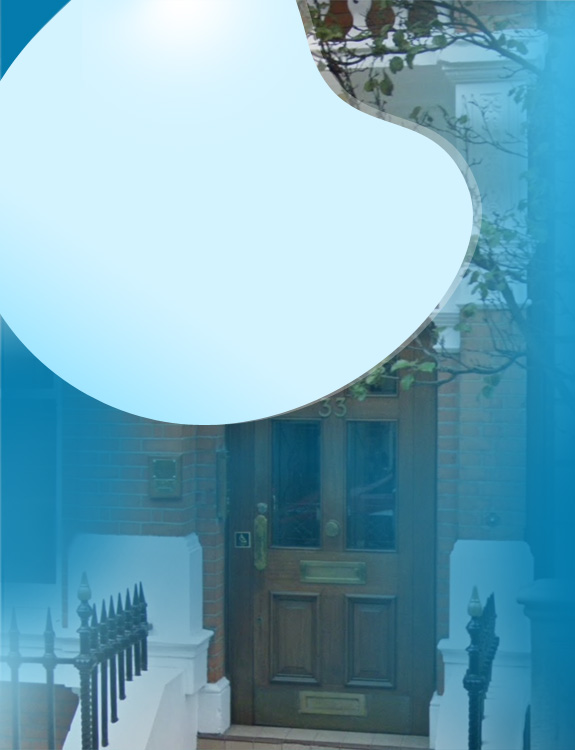
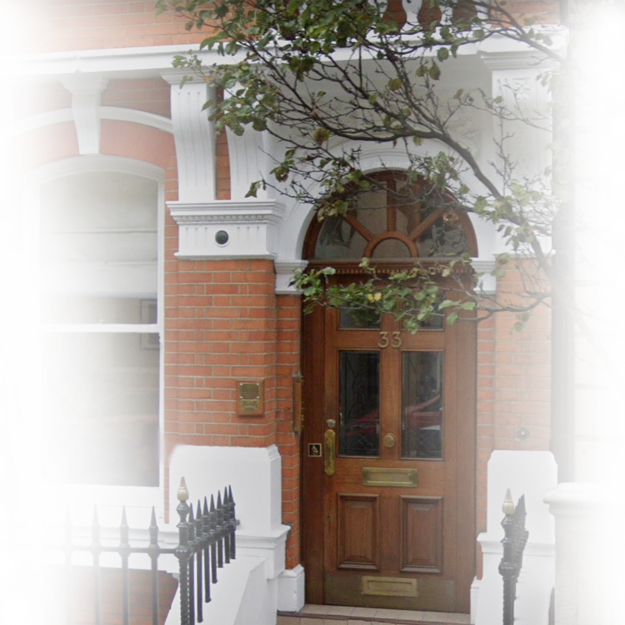
The Practice named The Centre for Implant and Reconstructive Dentistry has emerged from a general dental practice providing comprehensive care for patients over the last twenty five years. The practice has now evolved into a referral practice undertaking oral rehabilitation for a broad range of patients. The practice is in a primary care setting in a specially designed premises. Patients occasionally find their way to us recommended by other patients or via our web site, the majority of the patients come to us referred by other dentists. These referrals may be secondary referrals or tertiary and even quaternary referrals on occasion.
The ethos of the practice originates from the concept of total patient care entrenched in general dental practice. Comprehensive assessment of the patient is undertaken and treatment that is appropriate to the local oral health, general health as well as the social circumstances of the patient is proposed. The range of oral rehabilitation that is undertaken on the premises varies considerably. It is largely implant based. Aspects of dentistry not commonly practiced on the premises are referred to appropriate specialists. Replacement of single teeth which can be aesthetically exacting in the front of the mouth is undertaken as well as more advanced treatment. Patients are often referred when advanced disease processes have taken their toll and treatment may involve the reconstruction of the jaws prior to restoration using implants and fixed restorations. Implant supported removable restorations are also used providing patients with tremendous benefit with minimal intervention. Both the surgical and the prosthodontics aspects of treatment are undertaken. Those patients referred only for surgery are sent back to their dentist for restorative phase of the treatment
The aim of the practice is to provide care to a very high standard, which is suited to the patients’ needs. The care of the patient remains a primary concern and wherever possible treatment specific to the patient without compromise is provided.
Comprehensive care for the patients.
These are healthy and functioning well after all this time and are a testament to the longevity of our implants.
A large proportion of patients are referred by my eminent colleagues.
For surgical and restorative work for complex and challenging cases.
For surgical work only, the restorative work is carried out by the referring dentist. All are appropriately trained.
By recommendation by another patient - Patients who have previously had treatment often recommend us to their family and friends. We then work with their General Dental Practitioner to make sure that comprehensive treatment is always provided
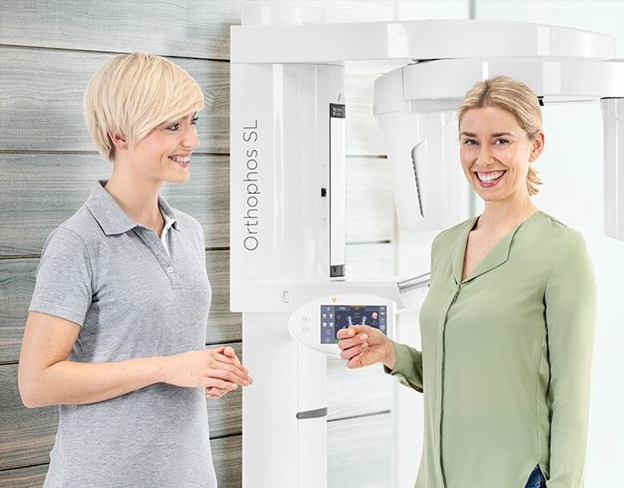
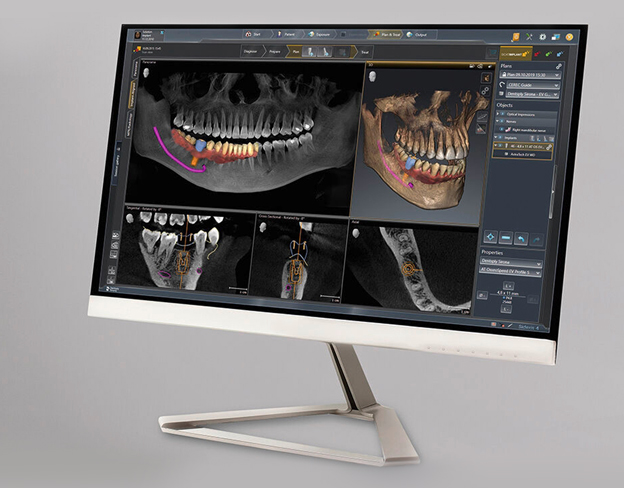
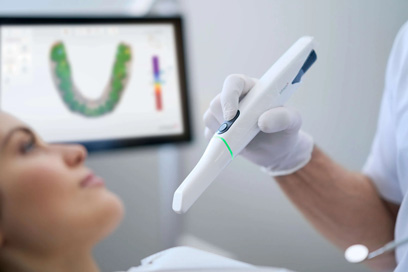
Digital impressions and dental 3d imaging software might be fast and eliminate some of the steps found in analog impression taking, but what about intraoral scanner accuracy?
It should be noted that eliminating steps in the process itself aids accuracy, as the more steps required the more likely it is to inadvertently introduce human error or material flaws. Digital scan quality is itself measured in terms of accuracy. We’ve outlined what exactly accuracy is and how it affects your treatments on our blog.
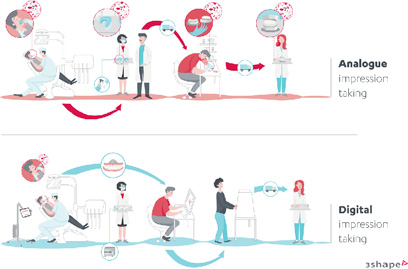
Today, intraoral scanner accuracy is equal to, if not better than, results from analog impressions. And there is extensive clinical research in this area that highlights this. Learning how to interpret accuracy data in clinical studies is key when you want to assess which scanner is best for your purposes.
In Digital Versus Conventional Impressions in Dentistry: A Systematic Review, Chandran et al. 2019, found that 67% of (16 of 24) studies showed that digital impressions from dental digital impression scanners are more accurate (in microns) when compared to conventional impression taking, with 92% of (22 of 24) studies show the same level of clinical acceptability as conventional.
Fields with (*) are required.
Please contact us via this website or email without disclosing confidential information.